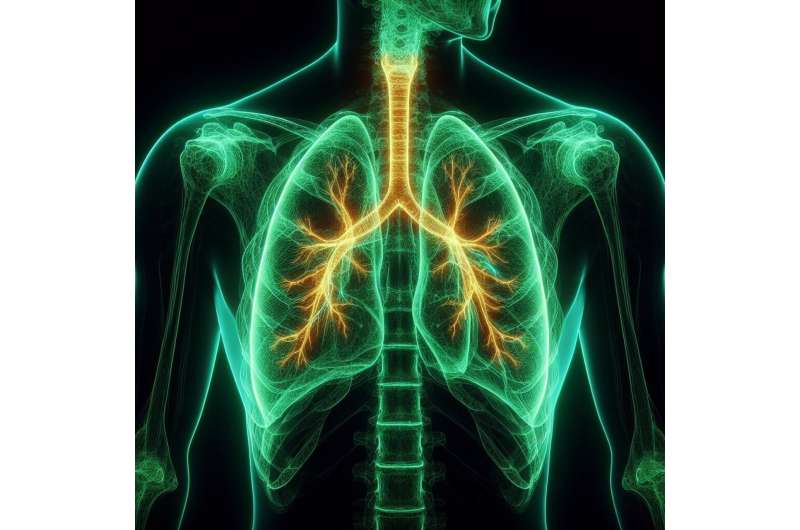Latest Evidence on Real-Time Blood Clotting Tests in Childbirth Emergencies

A new review highlights the potential of real-time blood clotting tests, like viscoelastic testing, to improve outcomes during childbirth emergencies by enabling faster, targeted treatment of postpartum hemorrhage.
Postpartum hemorrhage, characterized by severe bleeding after childbirth, remains one of the leading causes of maternal mortality worldwide. Fortunately, advancements in blood-monitoring technology, such as viscoelastic testing (VET), offer promising prospects for improving maternal outcomes. While VET is established in some European medical centers, it has yet to become a standard practice in U.S. maternity care.
A comprehensive review conducted by the Southern California Evidence Review Center, affiliated with the Keck School of Medicine of USC, sheds light on VET’s potential application during childbirth. Published in the International Journal of Obstetric Anesthesia, the review analyzed 156 research articles, including interviews with patients, clinicians, and policymakers, to assess the current state of evidence.
VET is a minimally invasive bedside test that evaluates how quickly blood clots and identifies specific deficiencies. It provides rapid, detailed results within minutes, enabling healthcare providers to make real-time decisions about transfusions—whether blood components like platelets and plasma or whole blood—aimed at controlling hemorrhage. Currently, VET is approved by the FDA for use during cardiac surgery, orthopedic procedures, and trauma, but not yet for obstetric care.
The review highlighted that while VET shows significant promise, there is limited high-quality research, such as large-scale randomized controlled trials, specifically focused on pregnant women and postpartum hemorrhage. Experts emphasize the need for multi-center research within the U.S., standardized protocols, and consensus on best practices to fully integrate VET into obstetric care.
Adoption barriers include the costs associated with implementing VET systems, training clinicians, and establishing protocols for its use. Additionally, the lack of uniform guidelines on how and when to apply VET during childbirth further hampers widespread adoption.
Despite these challenges, the potential benefits extend beyond survival. VET can help conserve expensive blood products by tailoring transfusions, reduce health disparities—particularly for underserved populations such as Black women and those in rural areas—and improve overall maternal care. As research advances, many experts argue that the logic of adopting promising technologies like VET justifies their early use, even amid ongoing studies.
In summary, the integration of real-time blood clotting assessments in obstetric emergencies could revolutionize maternal care, significantly reducing preventable deaths and improving health outcomes in the U.S. and beyond.
For more detailed information, see the full review by C. Janzen et al. in the International Journal of Obstetric Anesthesia.
Source: https://medicalxpress.com/news/2025-09-major-highlights-latest-evidence-real.html
Stay Updated with Mia's Feed
Get the latest health & wellness insights delivered straight to your inbox.
Related Articles
Gene–Diet Interactions Influence Daily Rhythms and Metabolism
New research reveals how gene-diet interactions influence the body's circadian rhythms and fat metabolism, opening doors for personalized health strategies.
First Successful Heart-Liver-Kidney Triple Transplant Surgeries in New York
Mount Sinai Hospital has performed the first-ever heart-liver-kidney triple organ transplants in New York State, marking a significant advancement in complex transplant surgeries with successful patient recoveries.
Enhancing FGF21 in Fat Tissue Extends Lifespan in Obese Mice by 26%
A groundbreaking study shows that increasing FGF21 in fat tissue of obese mice extends lifespan by 26%, improving metabolic health without adverse effects. Discover the potential of this hormone in promoting longevity and combating obesity-related diseases.



